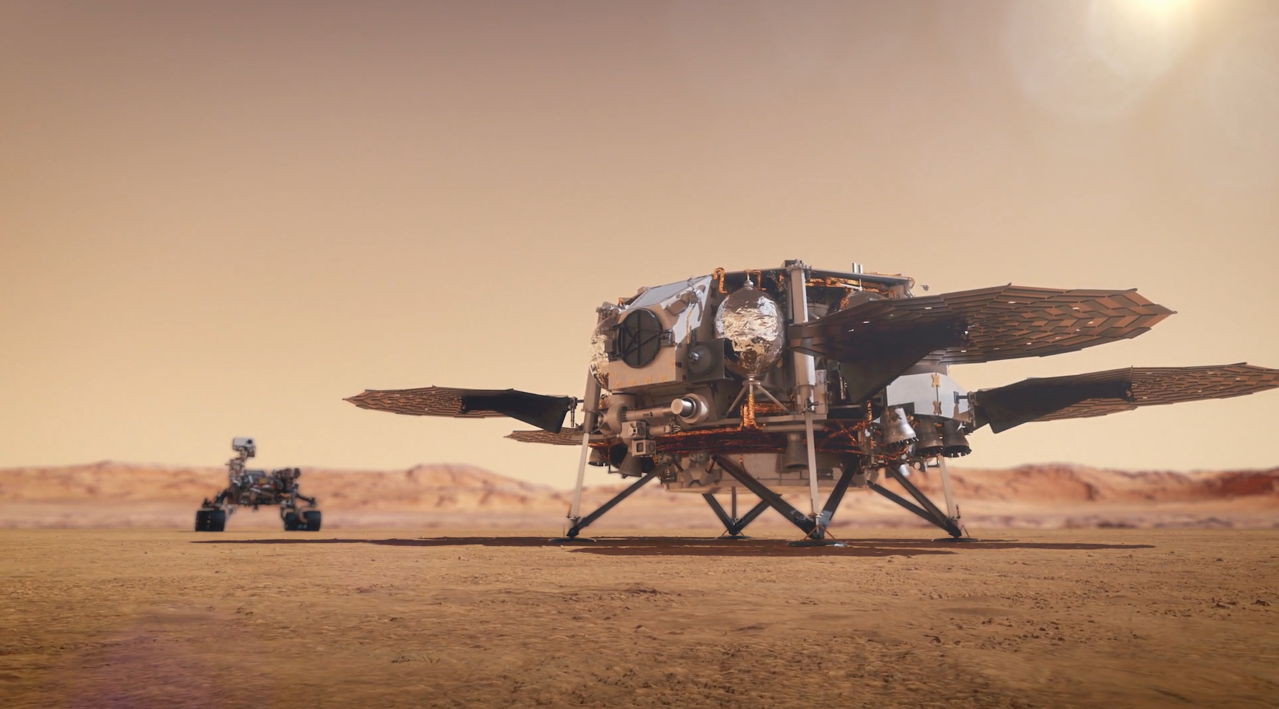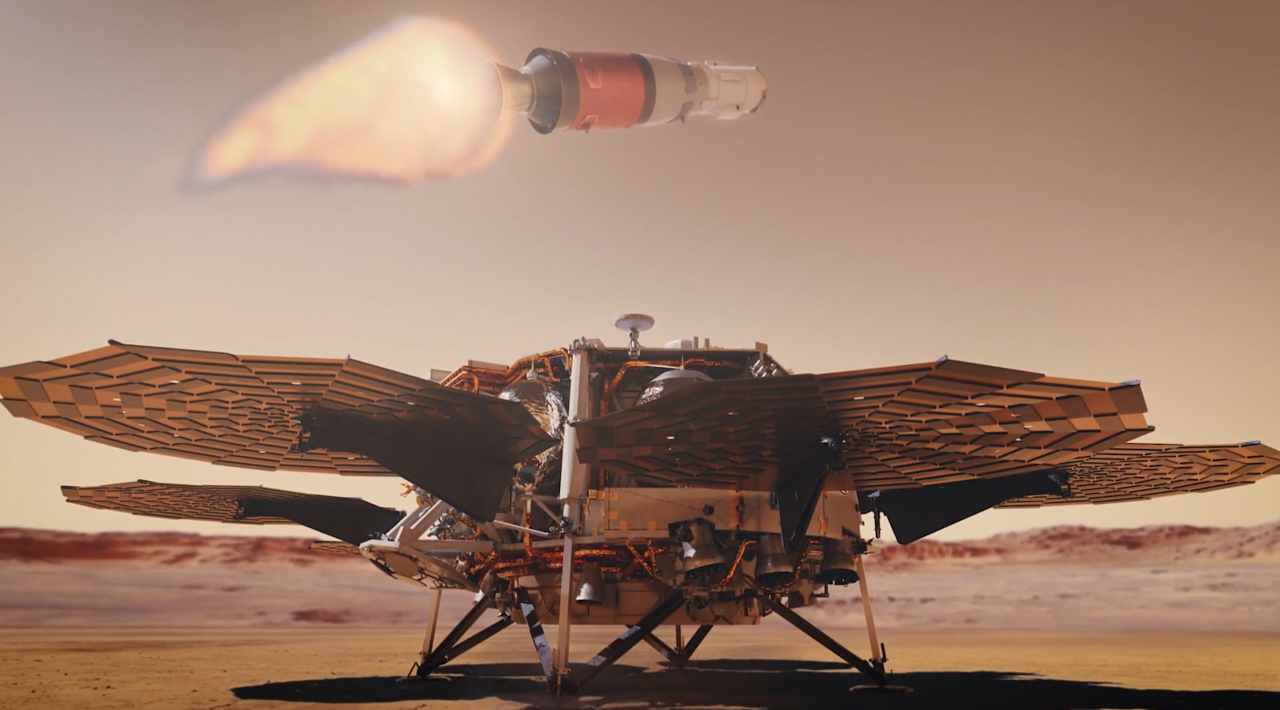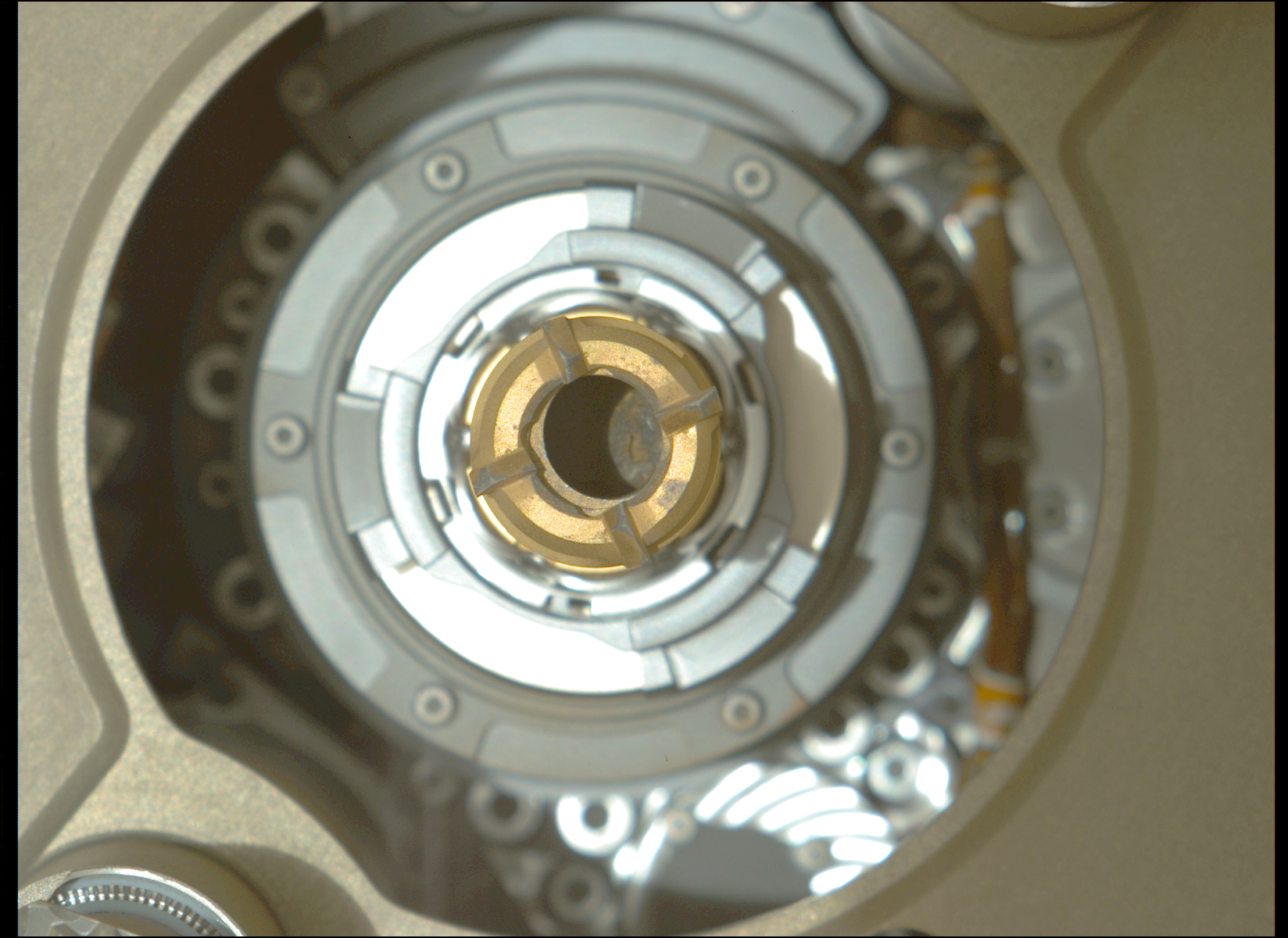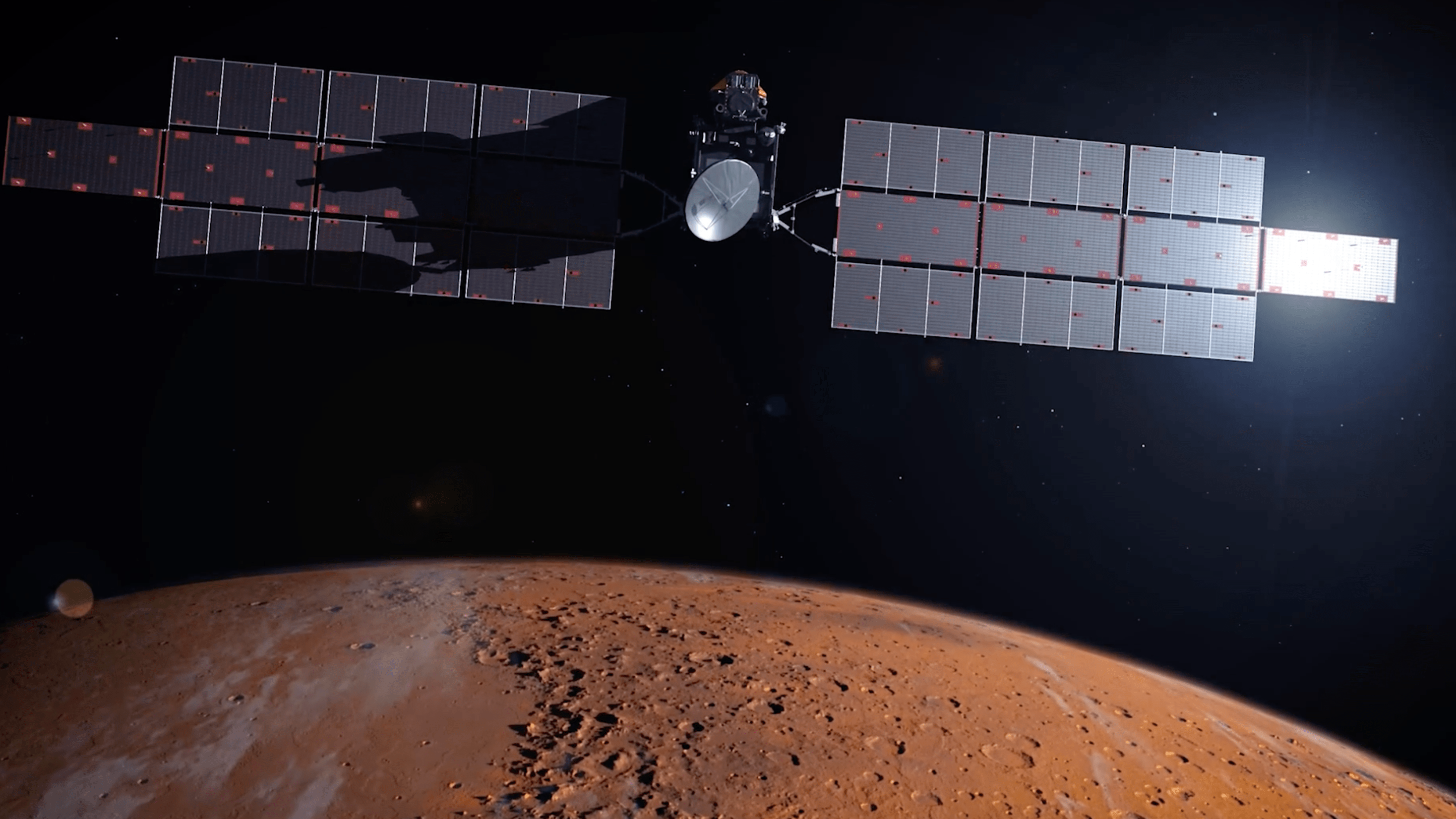Mission Concept
Mars Sample Return, a joint campaign being planned by NASA and the European Space Agency (ESA), would be a multiple missions and components, with the goal of bringing Mars rock, loose surface material, and gas samples to Earth for detailed laboratory analysis.
Quick Facts
A Team Effort
Mars Sample Return is a joint campaign being planned by NASA and the ESA (European Space Agency). Mars Sample Return would entail multiple missions and components, with the goal of bringing Mars rock, loose surface material, and gas samples to Earth for detailed laboratory analysis.
The Mars Perseverance rover is the first leg of this international, interplanetary relay team. Its job is to collect and cache samples on Mars. A Sample Retrieval Lander would land near or in Jezero Crater, bringing a small rocket on which the samples collected by Perseverance would be loaded. Once the sample cache is launched off the Red Planet, another spacecraft would capture it in Mars orbit, and then bring it to Earth safely.
These first collected and returned samples could answer a key question: Did life ever exist on Mars? Only by bringing the samples to Earth can we truly answer the question by using the most sophisticated, state-of-the-art labs, at a time when future generations can study them using techniques yet to be invented.
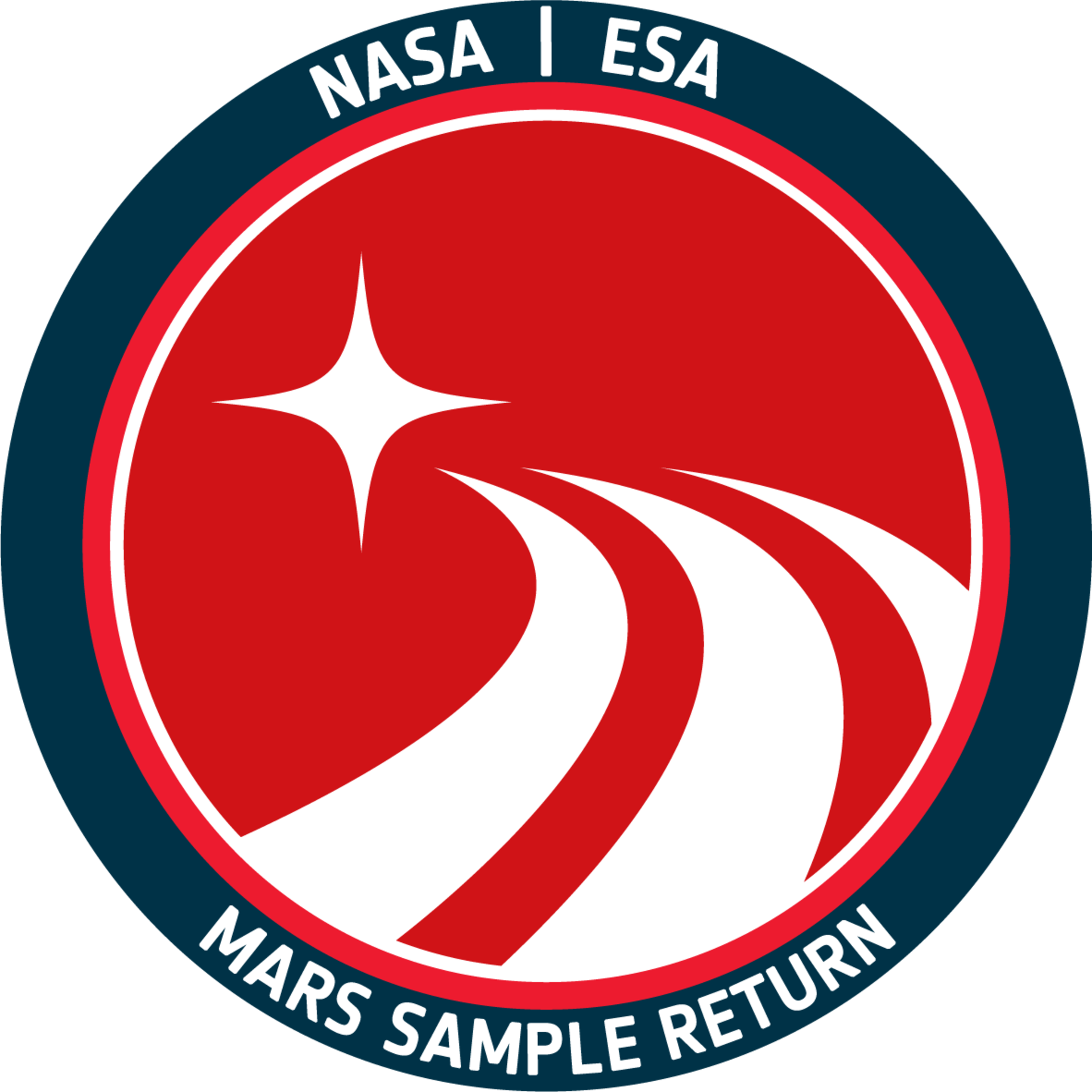
The Interplanetary Relay Team
 The Mars Perseverance rover is the first leg of this international, interplanetary relay team. Its job is to collect and cache samples on Mars.NASA/JPL-Caltech
The Mars Perseverance rover is the first leg of this international, interplanetary relay team. Its job is to collect and cache samples on Mars.NASA/JPL-CaltechMars Perseverance Rover
The Mars Perseverance rover is the first leg of this international, interplanetary relay team. Its job is to collect and cache samples on Mars.
 NASA's Sample Retrieval Lander would be the first ever to bring along a rocket — NASA's Mars Ascent Vehicle, to help achieve the goal of bringing the samples safely to Earth for study.NASA/JPL-Caltech
NASA's Sample Retrieval Lander would be the first ever to bring along a rocket — NASA's Mars Ascent Vehicle, to help achieve the goal of bringing the samples safely to Earth for study.NASA/JPL-CaltechSample Retrieval Lander
NASA's Sample Retrieval Lander (SRL) would be the first ever to bring along a rocket — NASA's Mars Ascent Vehicle, to help achieve the goal of bringing the samples safely to Earth for study.
 The Mars Ascent Vehicle would be the first rocket ever to launch off the surface of another planet, and would transport the sample tubes containing Martian rock, atmosphere, and loose surface material into orbit around Mars.
The Mars Ascent Vehicle would be the first rocket ever to launch off the surface of another planet, and would transport the sample tubes containing Martian rock, atmosphere, and loose surface material into orbit around Mars.Mars Ascent Vehicle
The Mars Ascent Vehicle (MAV) would be the first rocket ever to launch off the surface of another planet, and would transport the sample tubes containing Martian rock, atmosphere, and loose surface material into orbit around Mars.
 The Sample Recovery Helicopters are modeled after the successful Ingenuity Mars Helicopter, carried to the Red Planet by NASA's Perseverance rover. These specialized rotorcraft would be a secondary method of sample retrieval for the campaign.
The Sample Recovery Helicopters are modeled after the successful Ingenuity Mars Helicopter, carried to the Red Planet by NASA's Perseverance rover. These specialized rotorcraft would be a secondary method of sample retrieval for the campaign.Sample Recovery Helicopters
The Sample Recovery Helicopters (SRH) are modeled after the successful Ingenuity Mars Helicopter, carried to the Red Planet by NASA's Perseverance rover. These specialized rotorcraft would be a secondary method of sample retrieval for the campaign.
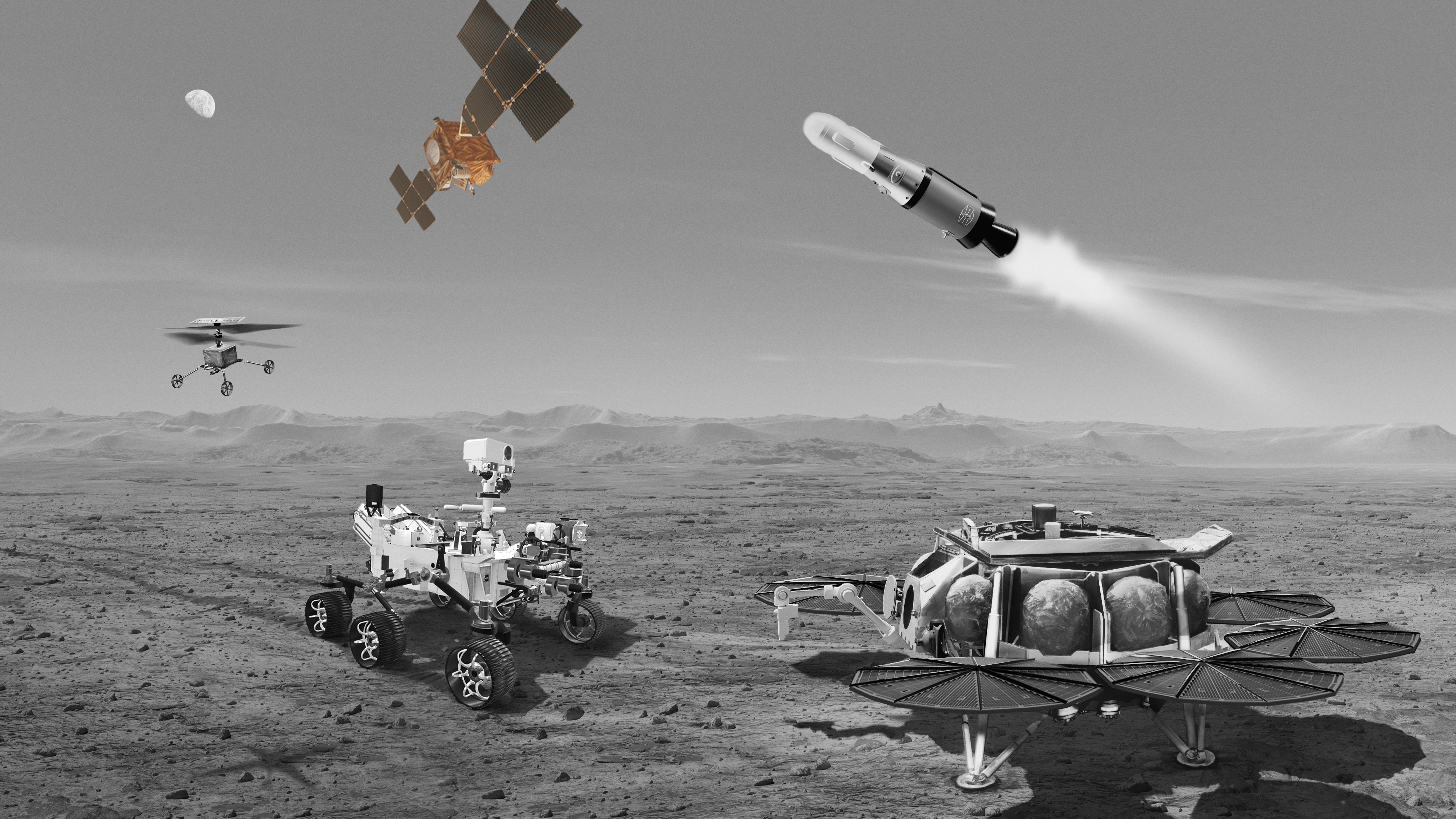 The Earth Return Orbiter (ERO), provided by ESA, would be the first interplanetary spacecraft to capture an object in orbit around another planet and make a full round trip to Mars and back.
The Earth Return Orbiter (ERO), provided by ESA, would be the first interplanetary spacecraft to capture an object in orbit around another planet and make a full round trip to Mars and back.Earth Return Orbiter
The Earth Return Orbiter (ERO), provided by ESA, would be the first interplanetary spacecraft to capture an object in orbit around another planet and make a full round trip to Mars and back.

